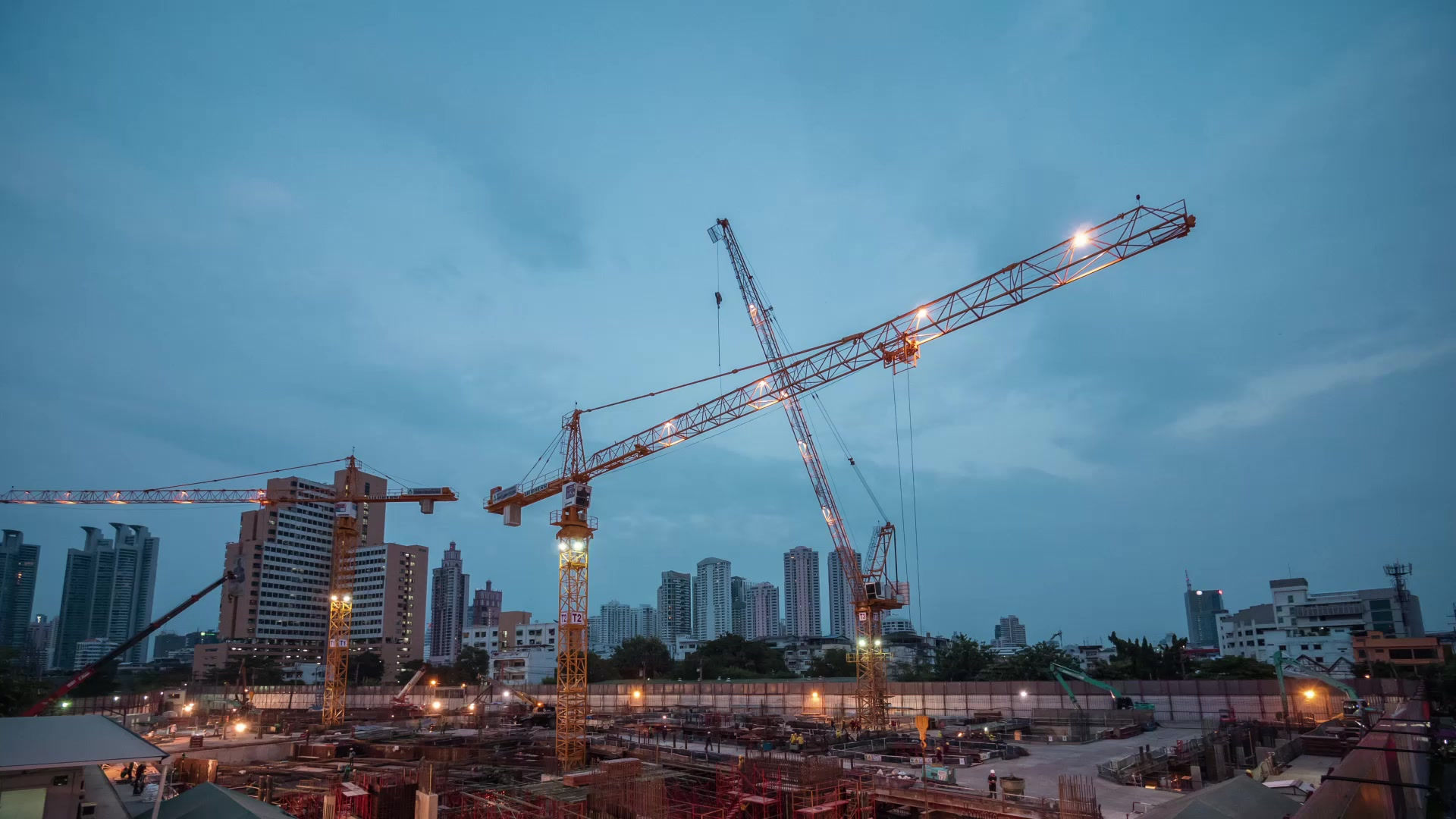

Project Labor / Community Workforce Agreements
A Project Labor Agreement (PLA), also known as a Community Workforce Agreement (CWA), is a pre-hire collective bargaining agreement with one or more labor unions that establishes the terms and conditions of employment for a specific construction project. Before any workers are hired on the project, construction unions have bargaining rights to determine the wage rates and benefits of all employees working on the particular project and to agree to the provisions of the agreement. The terms of the agreement apply to all contractors and subcontractors who successfully bid on the project, both union and non-union, and supersedes any existing collective bargaining agreements. PLAs are used on both public and private projects, and their specific provisions may be tailored by the signatory parties to meet the needs of a particular project. The agreement may include provisions to prevent any strikes, lockouts, or other work stoppages for the length of the project.
The agreements help reduce overall construction costs by helping to ensure that the work on a covered project will be completed efficiently, cooperatively, economically and without interruption.
They have also served in the best interest of public safety, community involvement and participation through targeted hiring and apprenticeship training, including those individuals with barriers to employment in their background. Under a Project Labor Agreement, contractors and subcontractors are required to comply with all applicable federal and state laws, ordinances and regulations requiring the payment of prevailing wages.

1
What is a CWA? FAQ
What are Community Workforce Agreements?
How Do Community Workforce Agreements Work?
On what types of projects are CWAs used?
Are there certain features common to CWAs?
Are there other special features on public project CWAs?
What are the advantages to using a CWA?
Do you have to be a union member to work on a project covered by a CWA?
Can non-union contractors or subcontractors bid on projects covered by a CWA?
Do CWAs bring value to the community beyond the efficient building of the project(s)?
3
PLA Primer
I. Introduction
II. PLA Basics: Key Component of Effective Capital Facility Planning
III. Economic Benefits for Project Owners: Safe, Timely, Cost-Effective Delivery
IV. Workforce Development: Building a Skilled Workforce for the Future
V. Keeping the “PLA Debate” Honest – Sorting Fact From Fiction
VI. Conclusion


Your Community.
Keep funds in your community.

Your Neighbors.
Projects built by people who care.

Local Jobs.
Local jobs in our community.
